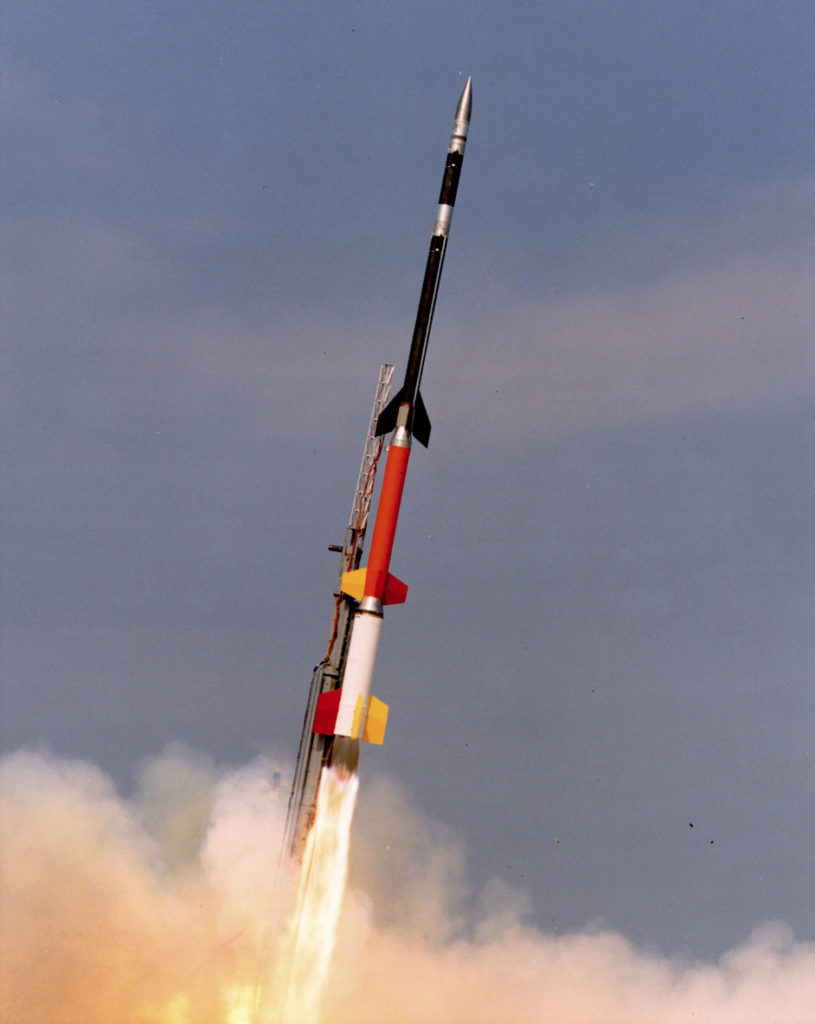
Inadvertent nuclear war as defined in this paper occurs when one nation mistakenly concludes that it is under attack and launches nuclear weapons in what it believes to be a counterattack. A US-Russia nuclear war would be a major global catastrophe since these countries still possess thousands of nuclear weapons. Despite the end of the Cold War, the risk remains. This paper develops a detailed mathematical “fault tree” model to analyze the ongoing risk of inadvertent US-Russia nuclear war.
The fault tree model. A fault tree is a scheme for modeling events and conditions that could result in some final event. Here, the final event is
Annual probability of inadvertent US-Russia nuclear war. The paper calculates the annual
Options for risk reduction. The paper considers two options for reducing the risk of inadvertent US-Russia nuclear war. First, each nation’s submarines with nuclear weapons could be moved further from the other’s border, to give the other nation more time to decide if an initial event is a real submarine-launched attack or a false alarm. Second, the nations could lower their level of alert for part of the time, so that they will be less likely to conclude that an initial event is an attack. Both options were found to reduce the risk of inadvertent nuclear war. However, before recommending these options, further analysis is needed to assess the effects they have on other risks, including intentional (non-inadvertent) nuclear war.
Academic citation:
Barrett, Anthony M., Seth D. Baum, and Kelly R. Hostetler, 2013. Analyzing and reducing the risks of inadvertent nuclear war between the United States and Russia. Science and Global Security, vol. 21, no. 2, pages 106-133, DOI 10.1080/08929882.2013.798984.
Image credit: NASA
This blog post was published on 28 July 2020 as part of a website overhaul and backdated to reflect the time of the publication of the work referenced here.







